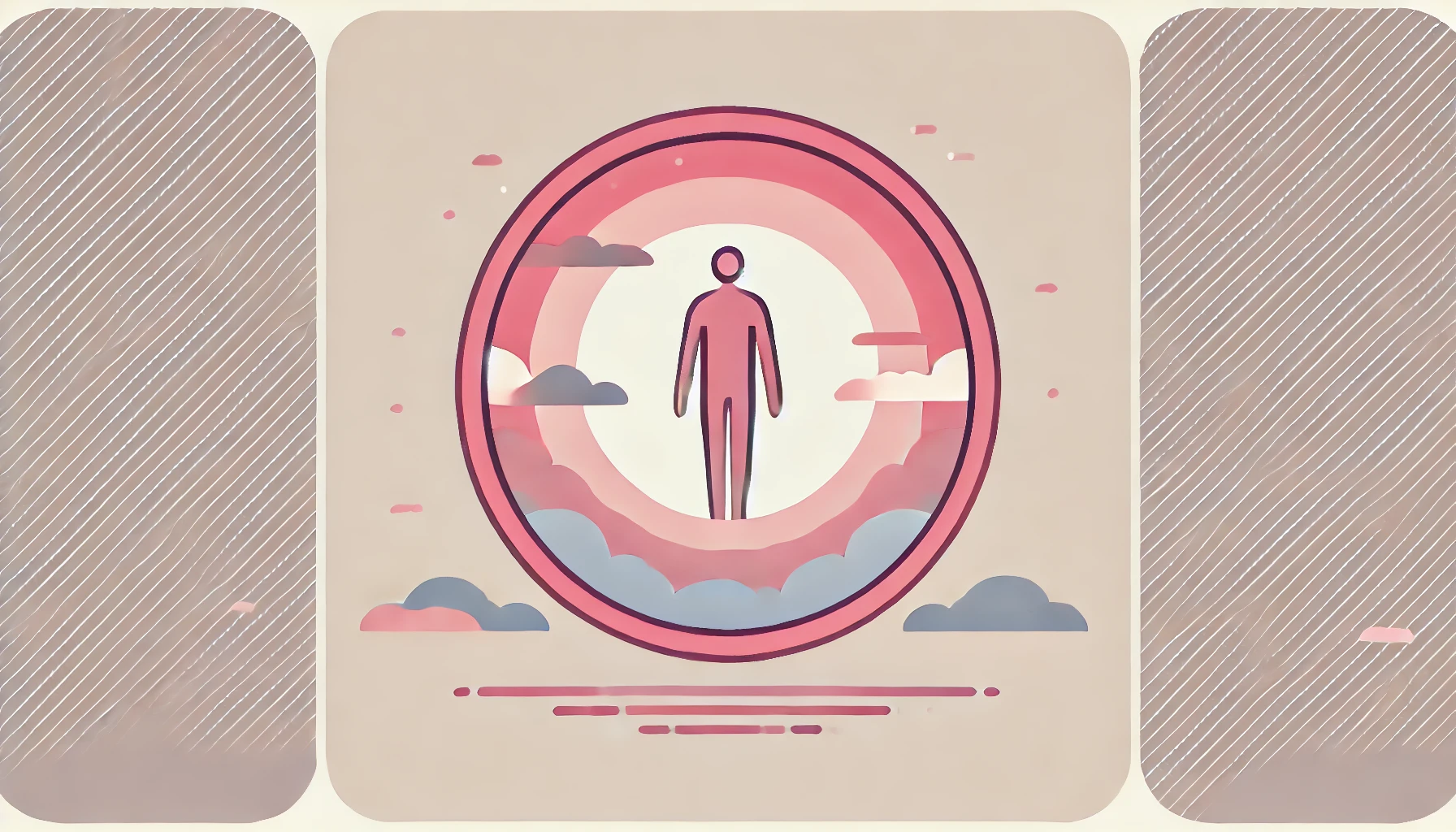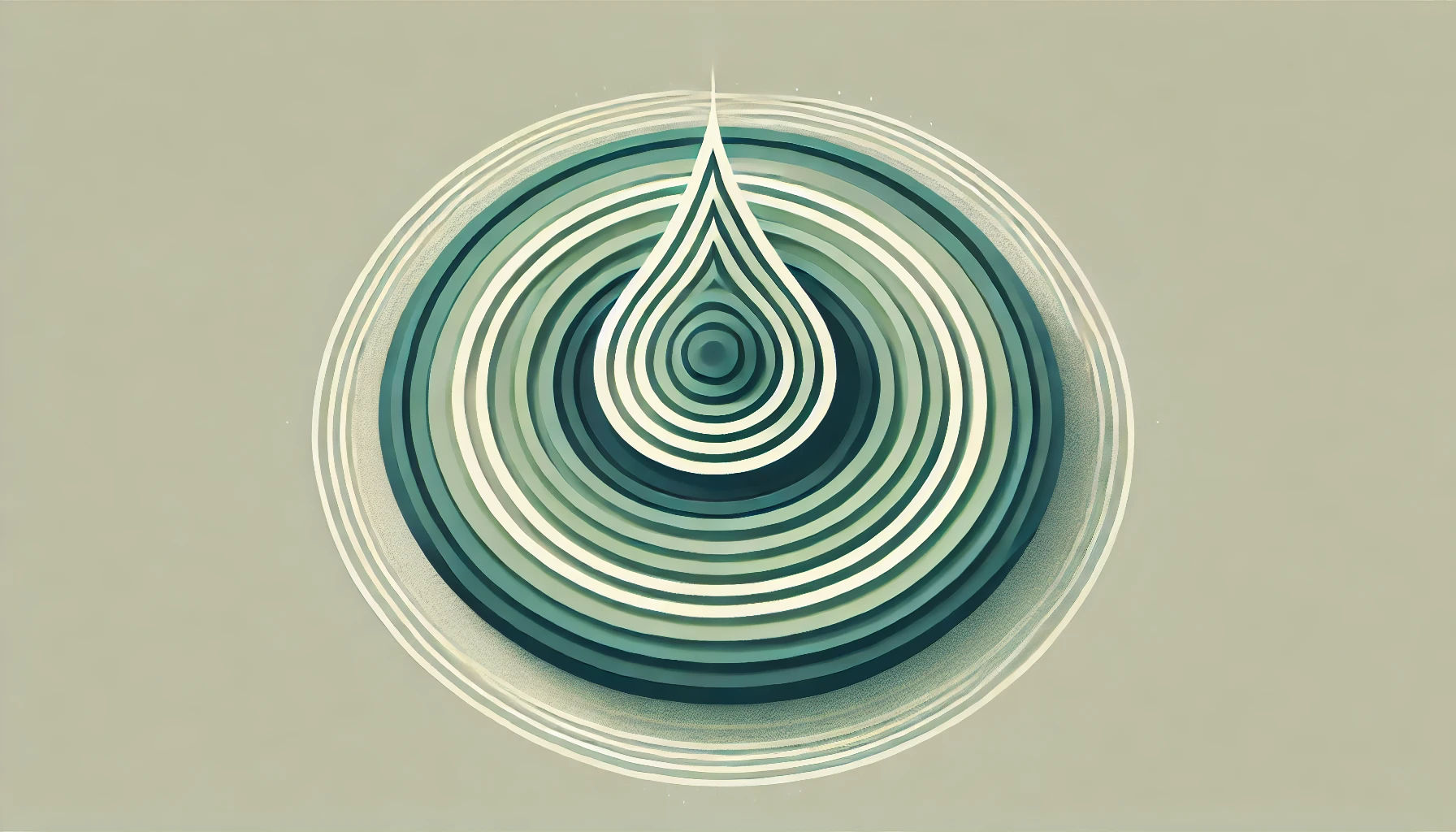In the world of leadership and team-building, few books delve into the depths of emotional courage and connection like *Dare to Lead* by Brené Brown.
Part 1, Section 4 of the book takes readers through essential skills for building empathy and resilience, especially in the face of shame.
For teams who value authentic connections, this section is a must-read and aligns seamlessly with Teamly’s mission of fostering open, trust-filled workplaces.

Why Empathy Is the Foundation of Connection
Empathy isn’t just a skill; it’s a choice. Brown describes empathy as the “rocket fuel” for building trust and fostering a supportive culture. When teams are able to connect through empathy, they unlock new levels of collaboration and understanding.
This section of *Dare to Lead* emphasizes that empathy is not about “fixing” others’ feelings but about understanding and respecting them, which builds trust and resilience within a team. Empathy allows individuals to stand alongside others, supporting them without judgment.
Empathy Skill #1: Perspective-Taking
Brown emphasizes the need to “see the world as others see it.”
Each person’s perspective is shaped by unique experiences, and understanding this is fundamental to building empathy. Rather than imposing our own viewpoints, we become the “learner” and not the “knower.”
This requires setting aside the mindset of “my truth is the truth” and making space for others’ lived experiences.
This skill is not just theoretical; it has real implications in diverse workplaces. When team members value each other’s perspectives, it leads to innovation, inclusivity, and better decision-making.
Respecting diverse viewpoints isn’t simply about getting more voices in the room; it’s about truly honoring each unique perspective as a source of value.

Empathy Skill #2: Staying Nonjudgmental
One of the biggest barriers to empathy is judgment. Brown explains that judgment often arises from areas where we ourselves feel shame or inadequacy. When we judge others, we inadvertently create a cycle of shame, offloading our own discomfort onto those around us.
Staying nonjudgmental requires self-awareness and a commitment to see past our own vulnerabilities, creating a safer space for others to express themselves.
Empathy Skills #3 and #4: Understanding and Communicating Emotions
Brown combines two empathy skills here, as understanding another’s feelings is deeply tied to the ability to communicate that understanding. This isn’t always easy.
For many, emotional literacy—the ability to name and process feelings—is underdeveloped. Brown likens it to having duct tape over one’s mouth: we feel the pain but struggle to articulate it.
Developing emotional literacy within a team is invaluable. It means being able to talk about emotions openly and effectively, reducing misunderstandings and allowing team members to support each other.
Emotional literacy is crucial in workplaces that prioritize psychological safety and resilience, like those encouraged by Teamly’s collaborative tools.

Empathy Skill #5: Mindfulness
Mindfulness, as described by Brown and inspired by researcher Kristin Neff, is about maintaining a balanced approach to emotions, where they are neither suppressed nor exaggerated.
Mindfulness allows people to acknowledge pain without getting consumed by it, creating space for empathy and connection. In a team setting, mindfulness prevents emotional burnout and promotes resilience.
In this context, “paying attention” becomes the mantra. When colleagues bring concerns to the table, practicing mindfulness means giving them full attention without rushing to a solution. It’s a skill that enhances empathy, allowing individuals to stay grounded while still being supportive and engaged.
Understanding Empathy Misses
Brown outlines six common ways we “miss” empathy, termed as “empathy misses.” These are responses that, while often well-intentioned, fail to connect authentically and can inadvertently shut down communication.
Empathy Miss #1: Sympathy Instead of Empathy
Sympathy and empathy are not interchangeable. While sympathy involves feeling for someone, empathy means feeling with them. Sympathy, though often well-meaning, can feel dismissive because it distances us from the other person’s experience.
Instead of peering over the edge and saying, “That looks bad,” empathy involves climbing down with the person, not to fix their problem but to be present with them.
Empathy Miss #2: The Gasp and Awe
This “miss” occurs when someone responds to another’s vulnerability with shock or horror. This reaction, while sometimes unintentional, shifts the focus to the responder’s feelings rather than the person who’s struggling, creating disconnection.

Empathy Miss #3: The Mighty Fall
This miss happens when the listener sees the person sharing as a pillar of perfection, and they feel let down upon learning about their struggle. Instead of offering support, the listener may respond with disappointment, which can feel invalidating for the person sharing.
Empathy Miss #4: The Block and Tackle
When someone responds to a vulnerable moment by trying to “fix” the situation or find someone to blame, they miss the chance to connect empathetically. This reaction reflects discomfort with vulnerability, shifting focus away from connection and towards action, even if action isn’t what the person needs.
Empathy Miss #5: The Boots and Shovel
This response downplays the problem to make it more comfortable for the listener. By insisting that “it’s not that bad,” the listener fails to recognize the importance of the other person’s feelings. This dismissal can feel minimizing and invalidating, hindering trust.
Empathy Miss #6: If You Think That’s Bad…
The “one-up” response diverts attention from the speaker’s struggle by comparing it to something worse, effectively minimizing their feelings. True empathy requires setting aside comparisons and holding space for another’s unique experience.
Building Shame Resilience
Empathy plays a crucial role in developing shame resilience, as Brown explains. Shame resilience involves four key practices:
1. Recognizing Shame and Its Triggers
Brown encourages readers to recognize the physical and emotional cues of shame. By identifying these triggers, individuals can better manage their responses and avoid self-isolation.
2. Practicing Critical Awareness
Shame often narrows focus to personal flaws, creating a distorted sense of reality. Practicing critical awareness helps people zoom out and recognize that they’re not alone. Realizing that others face similar struggles reduces shame’s intensity.
3. Reaching Out
Connecting with others is a powerful tool against shame. By sharing experiences, individuals break down the isolation that shame perpetuates, fostering understanding and support.
4. Speaking Shame
Shame thrives in secrecy. Bringing it into the open diminishes its power, and Brown highlights the importance of calling out shame without judgment. By speaking about shame, individuals can release its hold and make way for healing connections.

For leaders and teams alike, practicing empathy and building resilience to shame are essential for a thriving, connected workplace. Brené Brown’s insights in *Dare to Lead* offer a powerful guide to cultivating these skills, promoting a culture of openness and mutual respect.
Empathy is the foundation upon which courageous conversations are built. By embracing these practices, teams can foster genuine connection and trust, creating a work environment where everyone feels seen and valued.
To explore more about Brené Brown’s invaluable insights and how they can transform leadership, get your copy of *Dare to Lead* here.















































